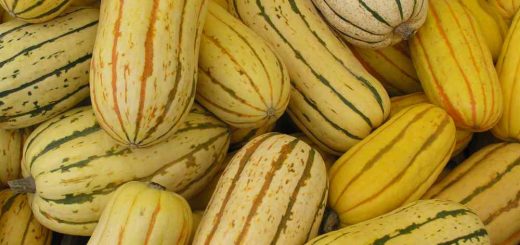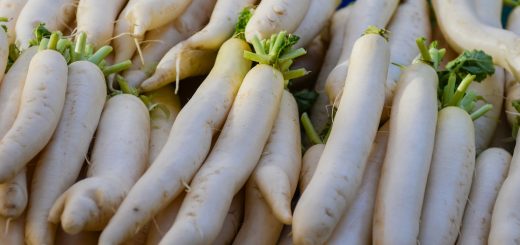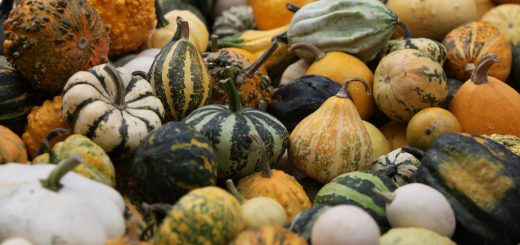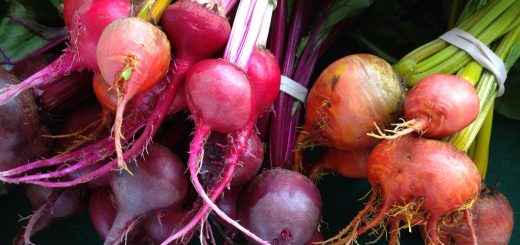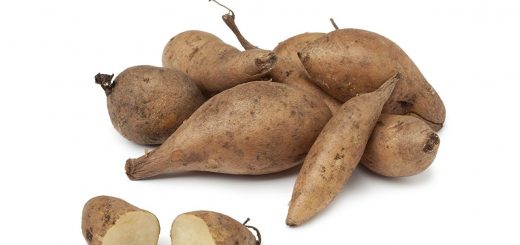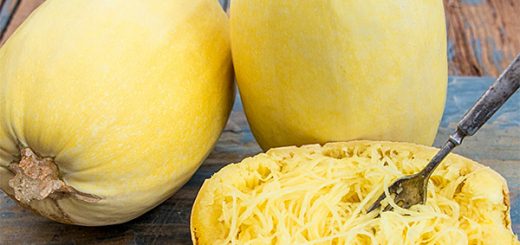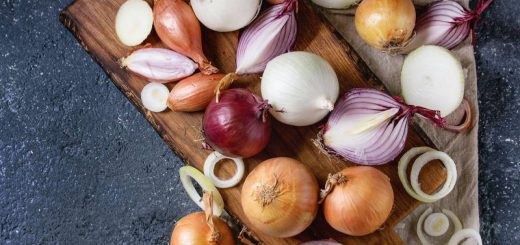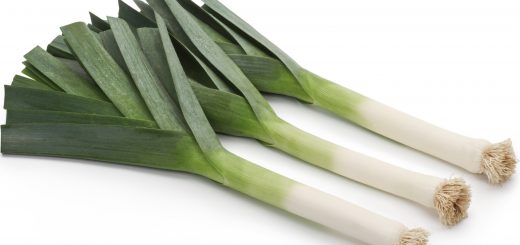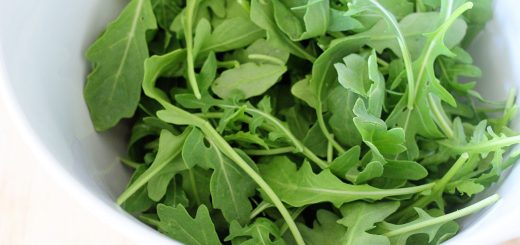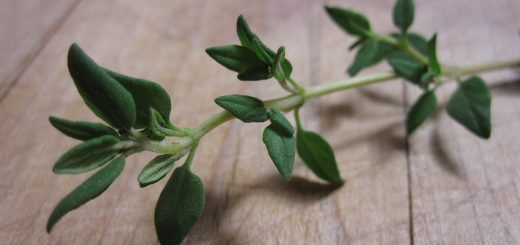Category: Featured Produce
Delicata squash is a long, oblong-shaped squash with a cream colored, green-striped, outer skin and a golden, fine-textured inner flesh. This is one of the tastier winter squashes, with a creamy pulp that tastes a bit like corn and sweet potatoes. It can be baked or steamed and served as a side dish, seasoned with butter and herbs, providing a sweet nutty flavor with a creamy smooth texture. The thin skin is also edible. (more…)
Daikon, or white radish, is traditional to Asian cooking. It is a long white radish, and given its shape and color, has been called an “icicle radish”. It is extremely versatile in cooking. You can use it anywhere you would normally use a regular radish, and in some ways that are unique. (more…)
Winter squash is really a misnomer, as these delicious treats are grown in the summer. They are edible well into the winter, however, thanks to their ability to last for months in storage. First, be sure to check for any soft spots. If there are any, cook that squash right away. Soft spots can easily be cut out and the rest of the squash is usually fine. (more…)
Beets are filled with good things. High in fiber, vitamins A and C, and surprisingly, more iron than most other vegetables, including spinach! They also contain calcium, potassium, phosphorous, and folic acid. The pigments that give beets their signature coloring are strong antioxidants. (more…)
Easy to grow and store, high-yielding, supernutritious and crunchy like an apple, yacón root (pronounced ya-kon) is one of the many “new” vegetables coming to us from South America. In reality, this fruitlike vegetable has been cultivated throughout the Andes for more than a millennium. South Americans eat it as a fruit; they also use the huge leaves to wrap foods during cooking, in the same way cabbage leaves are used in Germany, grape leaves in the Mideast and banana leaves in the tropics. Only recently – thanks to some adventurous green thumbs – have North Americans begun to see yacón in produce markets. (more…)
Spaghetti squash is an oblong yellow colored winter squash that is named for the spaghetti like nature of its flesh. When raw, the flesh is hard and generally orange or yellow in color. When cooked, it comes apart in ribbons, giving it the appearance of spaghetti. (more…)
Onions are part of the allium family of vegetables and herbs, which also includes chives, garlic, scallions, and leeks. Allium vegetables have been cultivated for centuries for their characteristic, pungent flavors and for their medicinal properties – these vegetables have been linked to a lower risk of certain cancers, including stomach and colorectal. A nutrient-dense food, onions are low in calories and high in beneficial nutrients like vitamins, minerals, and antioxidants. (more…)
Leeks, known scientifically as Allium porrum, are related to garlic, onions, shallots, and scallions. Leeks look like large scallions, having a very small bulb and a long white cylindrical stalk of tightly wrapped, layered leaves. With a more delicate and sweeter flavor than onions, leeks add a subtle touch to recipes without overpowering the other flavors that are present. (more…)
If you ever see a salad green referred to as “rocket,” it’s simply another name for arugula, or roquette in French. Yet another brassicaceae along with kale and cauliflower, its delightfully pungent leaves have been cultivated in the Mediterranean since time was recorded. As such, arugula is a perennial favorite in Italian cooking. (more…)
There are actually over 100 varieties of thyme, but only 2 that are used in the kitchen: Garden thyme and lemon thyme. Garden thyme has a woodsy, pungent aroma, while lemon thyme, when crushed, has a distinct lemony smell. Leaves and sprigs are used in salads as garnishes, and in soups, chowders, and in many Cajun and French dishes. (more…)
